The role of plasma protein in young piglet feeding
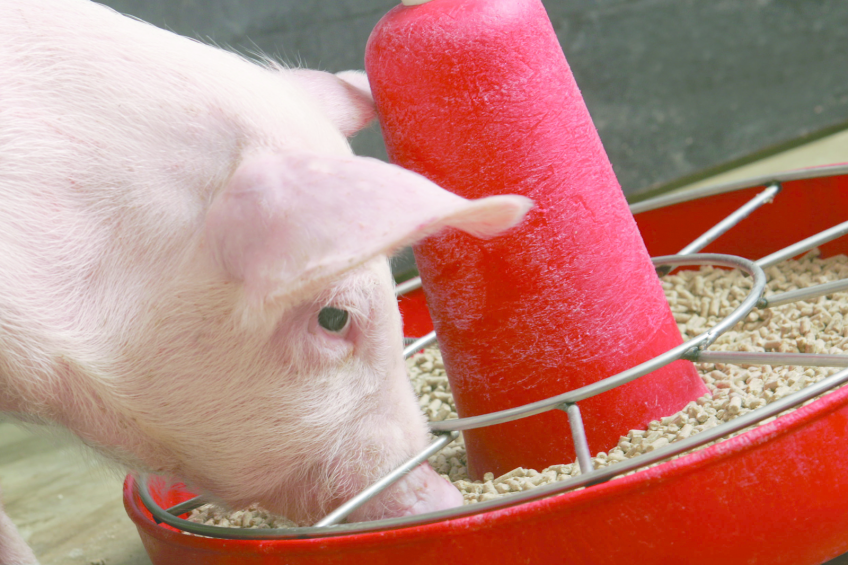
Plasma protein is an important ingredient for starter diets, supporting piglets in the first stages of their lives. A good feed can contribute meaningfully to the health of piglets and may act in a strategy to reduce the use of antibiotics.
Antibiotics in feed is often the lowest cost option to promote the health of pigs and to prevent bacterial diseases. From all age categories of pigs, piglets are the most frequently treated with antibiotics and the addition of antibiotics (including ZnO) to feed is routinely used in many farms to promote growth in nursery pigs. Many management aspects contribute to the health management of pigs, but the role of feed quality cannot be underestimated.
In 2010, De Lange, Pluske et al. reviewed the possibilities to improve gut health and observed that “the addition of (spray-dried) plasma products to diets has revolutionised the feeding of newly-weaned pigs, and especially of pigs weaned before 18 days of age, in the last 15 years.” More than any other animal protein, porcine plasma protein is an excellent ingredient for piglet milk replacers and nursery diets. The amino acid profile and the high digestibility make it an excellent protein source, but above all the bio-functionality of the components in the blood product make it a superior ingredient. Studies have shown that porcine plasma performs better than milk proteins, underlining the bio-functionality of plasma protein. Different studies have shown that plasma from porcine origin gives better performance than bovine plasma, suggesting species specific functionality of the immunoglobulins/antibodies.
There is a crucial role for immunoglobulins in plasma. Immunoglobulins have a central role in the (regulation of the) immune system. They capture pathogens, they opsonise them, they cause complement being released, they have a role in improving the integrity of epithelial layers, and so forth.
Pre-weaning period
New born piglets have a very high energy requirement for activity and thermoregulation. Piglets are born with limited amounts of energy in glycogen depots in the liver and muscle tissues. Fat and lactose from colostrum must supply sufficient amounts of energy directly after birth. Therefore sufficient intake of colostrum is critical. Colostrum and milk are not only supplying energy, water and protein. They are also an important source of immunoglobulins. Unlike primates, neonatal pigs are depending on ingested IgG during the first two days after birth to obtain maternal antibodies. Therefore IgG uptake with colostrum during the short time window after birth may be even more important than the energy uptake with colostrum. Also during further suckling the immunoglobulins in milk have an immune function. They can no longer be absorbed, but they have a local immunological effect; the so called lactogenic immunity. In nature this lactogenic immunity is provided for at least six weeks, whereas under commercial circumstances lactogenic immunity would normally stop at two, three or four weeks of age when the piglets are weaned, i.e. on a moment where the immune system is still immature.
Plasma proteins contain high levels of IgG and can replenish IgG in colostrum and milk in management of suckling piglets. Plasma IgGs and proteins can be used when the lightest and weakest piglets in a litter are drenched during the first days after birth. At commercial farms we have seen that drenching with a plasma based colostrum supplement resulted in an increased number of surviving piglets. Especially on farms with larger litters the management of colostrum intake can be more critical, because the piglets from large litters have on average a lower birth weight and have to compete for colostrum with their litter mates.
To support piglets in their energy requirements when the sow cannot supply sufficient milk for all the piglets in a litter, milk replacer can be supplemented in the farrowing unit. In the milk replacer, plasma proteins can be included to replenish IgG and to support the passive immunity of piglets. When milk supply and feeding during the suckling period is well managed pigs are healthier at weaning, and are also prepared to change to solid feed. Plasma protein has shown to be a valuable ingredient for this.
Post-weaning period
Immediately after weaning there are different things happening on the gut level that are strongly interrelated, namely anorexia, villus atrophy, limited digestive capacity and post-weaning diarrhoea. A good diet can orchestrate this happening in a favourable direction; plasma protein can be an important ingredient for good starter diets.
The digestive capacity of young piglets has not yet reached its full capacity at the time of weaning. Therefore highly digestible diets are required at this time. The necessity of a good diet is even more important because directly after weaning there is a period of transient villous atrophy and crypt hyperplasia. Post-weaning anorexia is the main etiological factor for this. In the epithelial cell of the small intestine the enzymes are present to digest disaccharides and peptides. When the villi get shorter the enzyme activity in the brush border is negatively affected. To prevent villous atrophy, anorexia should be prevented. A palatable feed is important and palatability can be steered with the ingredients. Plasma protein is such a palatable ingredient.
The major disease in weaned piglet is post-weaning diarrhoea (PWD). The infection can be prevented when the integrity of the intestine is maintained. In addition the acidification in the stomach, which is the primary physiological defence mechanism to reduce the introduction of pathogens, has to be functional too. The low pH is also important to have the right environment for pepsin to exert its digestive function. If protein is not digested efficiently enough it will reach the hind gut, where it is fermented. The fermentation products of proteins have a negative effect on the gut health.
To have a good drop of the gastric pH, the acid binding capacity (ABC) of ingredients and diets should be taken into account when formulating nursery diets. The final feed buffering capacity value is heavily dependent on the sources of minerals and proteins. Cereals and cereal by-products have lower ABC-values. As proteins have a relatively high buffering capacity, the crude protein level of feed has a significant effect on the diet ABC of feed. By using highly digestible proteins (like plasma and milk), and use of synthetic amino acids, lower protein levels in diets are needed. It is sufficient to have 17-18% highly digestible crude protein when the key essential amino acids are balanced. Plasma protein is a valuable ingredient for this purpose. To optimise the ABC-value one can optimise on the Ca and P levels, and critically look whether limestone (calcium carbonate) or calcium formate (as a Ca source) and monocalcium phosphate or dicalcium phosphate (as a P source) is used. Adding organic acids in the feed will lower the buffering capacity value. Care has to be taken that the organic acid do not negatively affect the palatability of the feed.
Higher quality feeds during weaning
The suckling and weaning phases are a period of life where high mortality is seen and where the health of the pig needs support. In this phase the smallest amounts of feed are consumed and therefore better quality products can be included in milk replacers and starter feeds. In this way feed can be a part of the strategy to support the health of piglets and reduce the use of antibiotics.
For proteins in these formulations it means that they must be highly digestible and that inclusion levels are not too high. Plasma proteins have many benefits in the formulation of nursery diets and milk replacers, given their good palatability, their amino acid profile, the digestibility of their proteins, and last but not least their immunoglobulins that replace the IgGs normally provided with milk and colostrum.
Join 18,000+ subscribers
Subscribe to our newsletter to stay updated about all the need-to-know content in the pigsector, three times a week. Beheer
Beheer

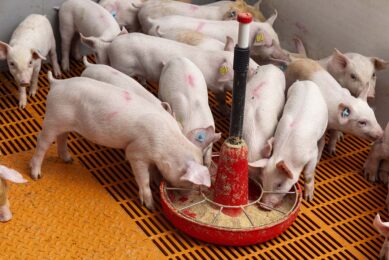
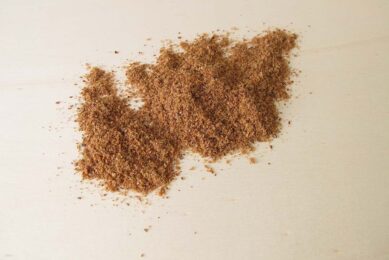
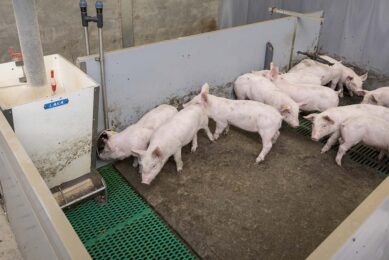
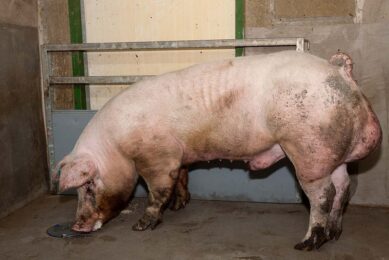





 WP Admin
WP Admin  Bewerk bericht
Bewerk bericht